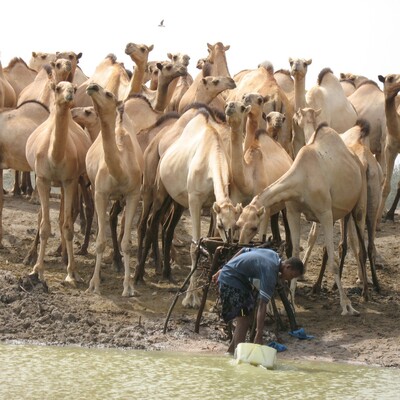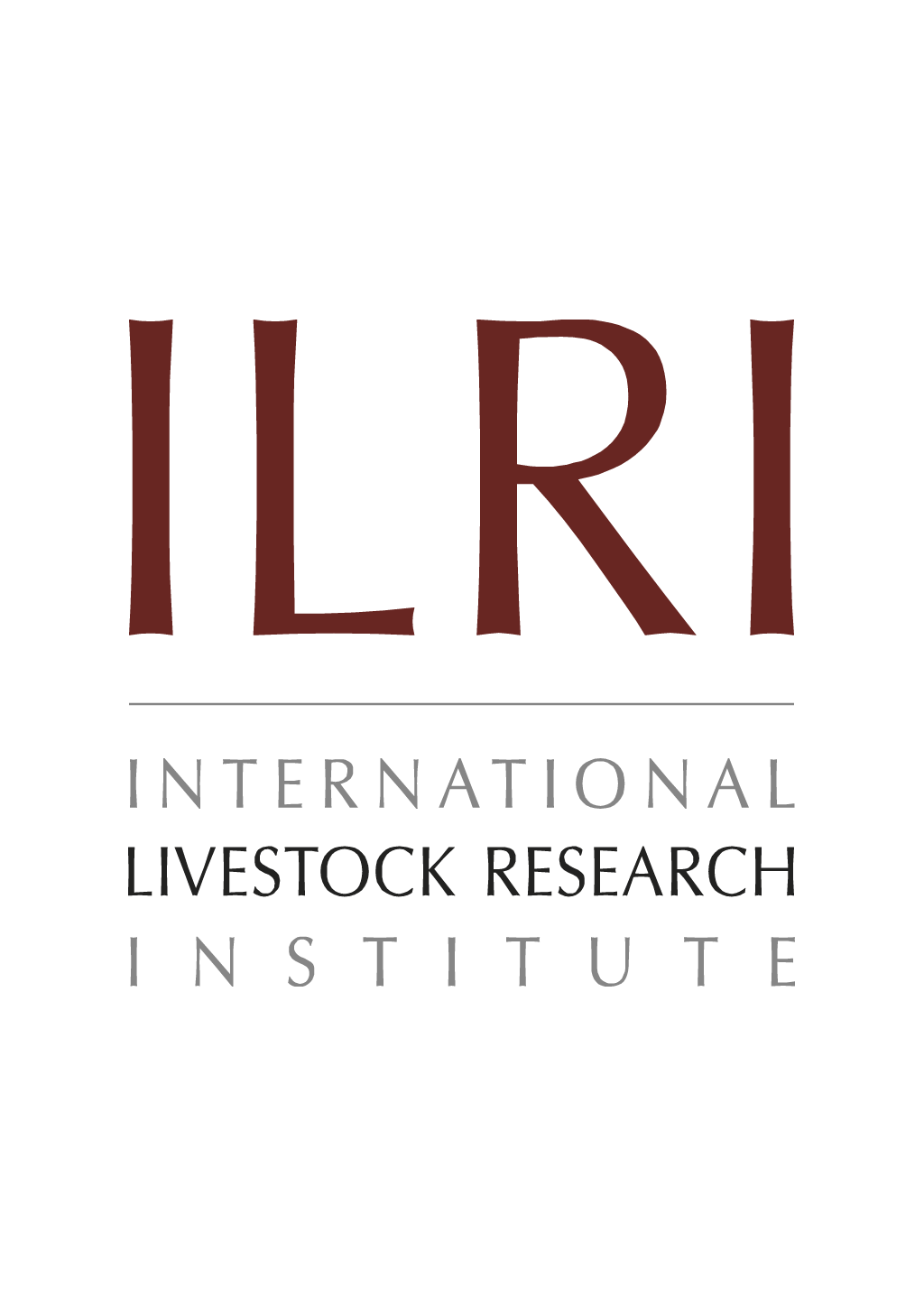
Synopsis: The dynamic impact of alternative livestock sector interventions and spending options in Rwanda
Abstract
This study evaluates the cost-effectiveness of various livestock interventions—feed, breeding, and health—and budget allocation strategies (balanced, feed-oriented, breeding-oriented, and health oriented) in the context of Rwanda’s economic and livestock systems. Using an economic and livestock systems integrated framework, the research highlights moderate yet sustained impacts on agricultural Gross Domestic Product (GDP) and significant improvements in the livestock sector. Breeding interventions have the largest cumulative effect on agricultural GDP, while health measures, particularly dewormers, yield long-term gains in livestock productivity. Under the balanced scenario, breeding contributes significantly to both meat and milk sector GDP, while feed interventions show a smaller impact overall. The model estimates the economic and livestock systems over a period of five years (t1-t5) from a base year at t0, which corresponds to the Fifth Structural Transformation in Agriculture (PSTA5) period.
Citation
Aragie, Emerta; Bahta, Sirak; Baltenweck, Isabelle; Enahoro, Dolapo; Karugia, Joseph; Thurlow, James; and Warner, James. 2025. Synopsis: The dynamic impact of alternative livestock sector interventions and spending options in Rwanda. Rwanda SSP Policy Note 20. Washington, DC: International Food Policy Research Institute. https://hdl.handle.net/10568/173823




